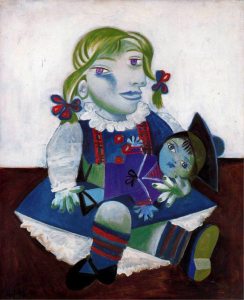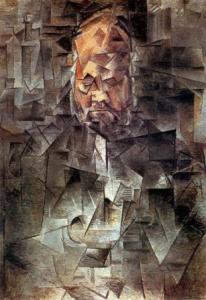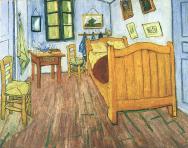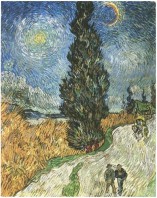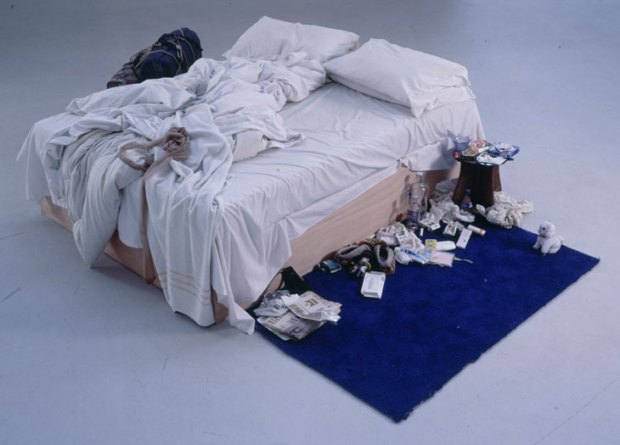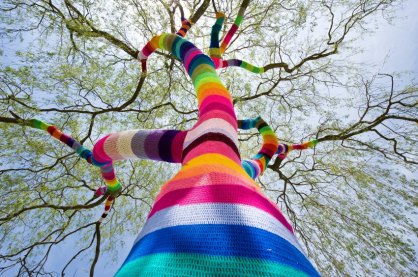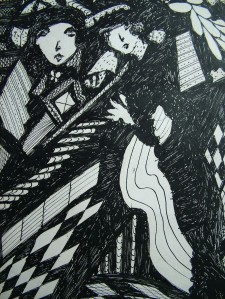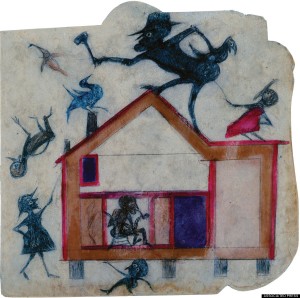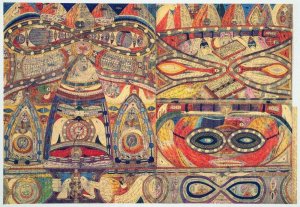 Callum Colvins works are unique in the fact that at first look they seem to just be regular paintings, however they are intact carefully constructed 3D sets that are painted in a way that when photographed from a certain perspective they show an illusion of a two dimensional image.
Callum Colvins works are unique in the fact that at first look they seem to just be regular paintings, however they are intact carefully constructed 3D sets that are painted in a way that when photographed from a certain perspective they show an illusion of a two dimensional image.
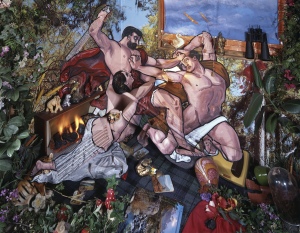 Colvin often uses old masters paintings as his illusions. Specifically in a series called Sacred and Profane. Pictured right is one of Colvins works from that series based on a piece by William Etty; The combat: Woman pleading for the vanquished. This series was commissioned by the National Gallery of Scotland. There are other artist inspired works within the series such as Titan, Rubes and Canova. Colvin is giving the viewer a new viewpoint for these masters paintings. Mixing modern contemporary art with historical works.
Colvin often uses old masters paintings as his illusions. Specifically in a series called Sacred and Profane. Pictured right is one of Colvins works from that series based on a piece by William Etty; The combat: Woman pleading for the vanquished. This series was commissioned by the National Gallery of Scotland. There are other artist inspired works within the series such as Titan, Rubes and Canova. Colvin is giving the viewer a new viewpoint for these masters paintings. Mixing modern contemporary art with historical works.
What i  really enjoy about Colvins works is all the objects he choses to use within his ‘sets’ that are then hidden and disguised by the paint. so the more you study the pieces the more individual objects you stat to be able to make out. I also like that even though the paintings are often copied from existing paintings they still have Colvins own personal painting styles within them.
really enjoy about Colvins works is all the objects he choses to use within his ‘sets’ that are then hidden and disguised by the paint. so the more you study the pieces the more individual objects you stat to be able to make out. I also like that even though the paintings are often copied from existing paintings they still have Colvins own personal painting styles within them.
